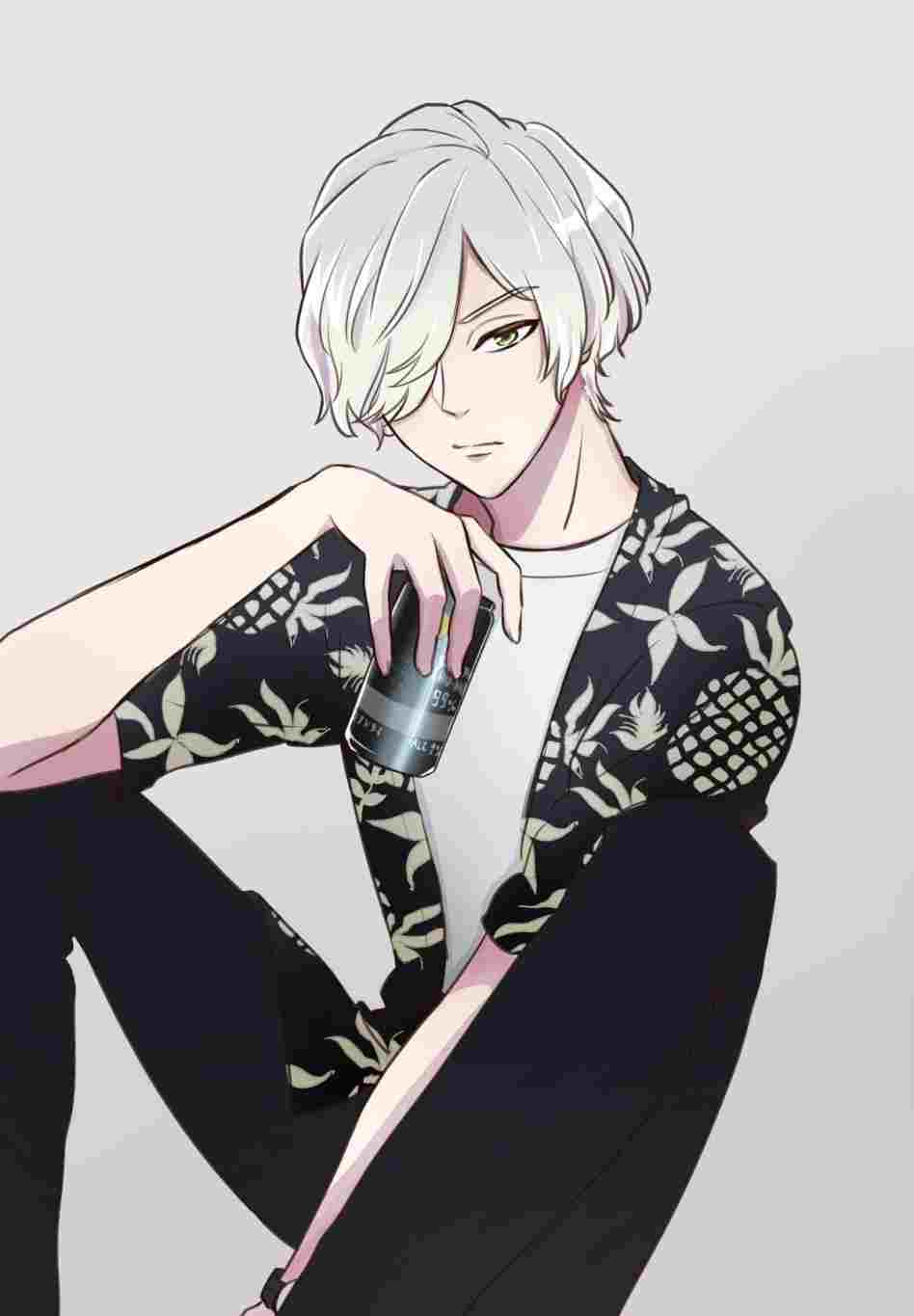


"Bad Boy" did get released on 78 and 45 RPM on the London label in Britain where John Lennon took notice of it and, being a fan of The Coasters as well as Larry Williams, added it to The Beatles repertoire in early 1960. The label then did decide to drop Williams from their roster, but it was more because of his being convicted for dealing narcotics in 1960. Unfortunately, the song failed to make any dent on the charts, and neither did the other three singles he released on Specialty in 1959. The result was an August 14th, 1958 recording called "Bad Boy," which mimicked many features of "Yakety Yak," such as the topic of an adolescent who constantly needs to be told " now, junior, behave yourself" and a recurring low voice reminiscent of the Coasters' " don't talk back" which repeats " he's a bad boy." Larry Williams thought to shift his style to one that was in a similar vein in order to capitalize on their success. It looked like the "screaming rocker" fad was going by the wayside.Īn act that was hot at the time was the New York based vocal group The Coasters, whose semi-comedic Leiber and Stoller compositions, such as "Yakety Yak" and "Charlie Brown," were all the rage in late 1958 and early 1959. Even his friend Little Richard, whom Williams patterned his style after, was struggling to keep his chart career going in mid-1958. In 1959 he needed to change things up and show his worth to the label. The three singles released in 1958 failed to make much of an impact, "Dizzy Miss Lizzy" being the only one that year to make a showing on the pop charts, and that only made it to #69.

#Bad boy song year movie
Then, in the morning, back to another month or so of filming to complete the movie before going on to bigger and better things.Īfter some impressive commercial success in America in 1957 with the singles " Short Fat Fannie" (#5) and "Bony Moronie" (#14), Larry Williams's contract with American label Specialty Records was becoming strained. John chose two relatively unknown tracks, " Dizzy Miss Lizzy" and "Bad Boy," to quickly record on this day. The easy thing to do at this short notice was to unearth two favorite stage songs from their early Hamburg / Cavern days, both of these being songs originally recorded by one of John's favorite rockers, Larry Williams. Therefore, if they were requesting more material, The Beatles wouldn't hesitate to oblige.Īfter shooting for the day was complete, they travelled to EMI in London for a last minute evening recording session. The Beatles were especially grateful to Capitol Records in the US for finally agreeing to release their records in the states. The scenes in the movie with them looking out of the window, playing cards, and the silly "Intermission" segment were filmed during this and the next day.Īlthough they had put in a good day's work on this date, notice was given from EMI Studios that they were needed to record a couple of songs by request from America. On May 10th, 1965, with two-and-a-half months of shooting behind them, they spent most of the day at the luxurious Cliveden House in Berkshire filming the scenes that supposedly were inside Buckingham Palace. The early months of 1965, from February 23rd to June 16th, were set aside for The Beatles to film their second motion picture, which ended up being titled " Help!" While there were a few interruptions during this time, such as the occasional radio interview or television appearance, the only order of business during these three-and-a-half months was filming their second movie.


 0 kommentar(er)
0 kommentar(er)
